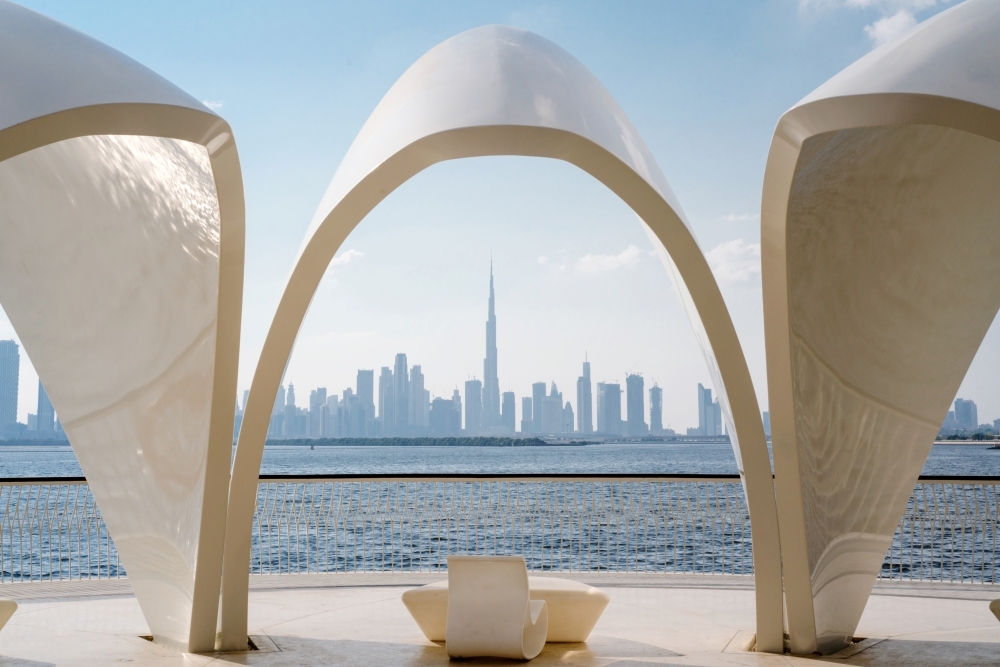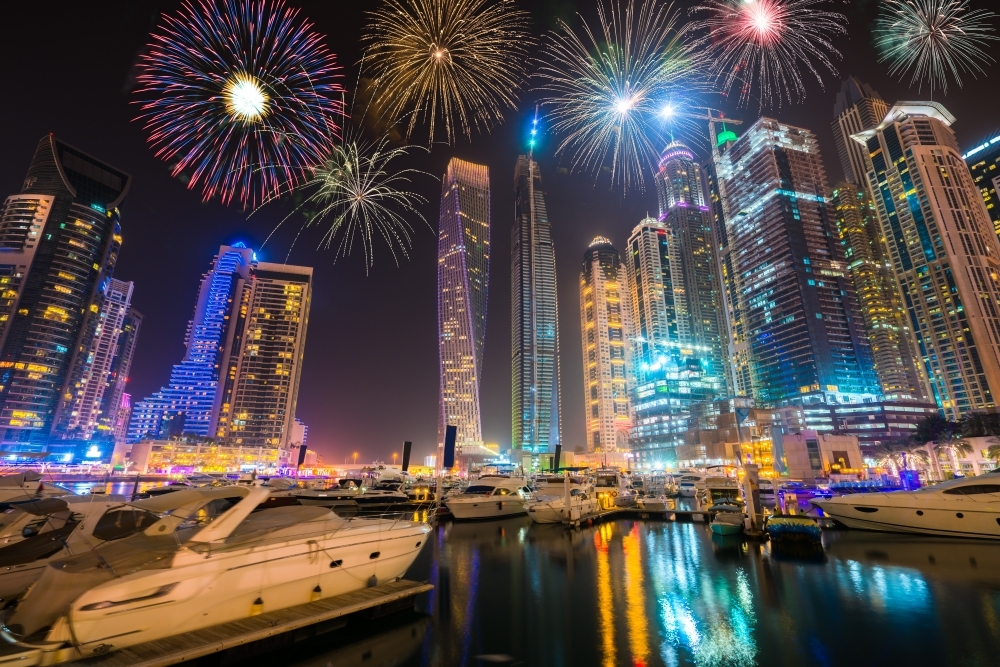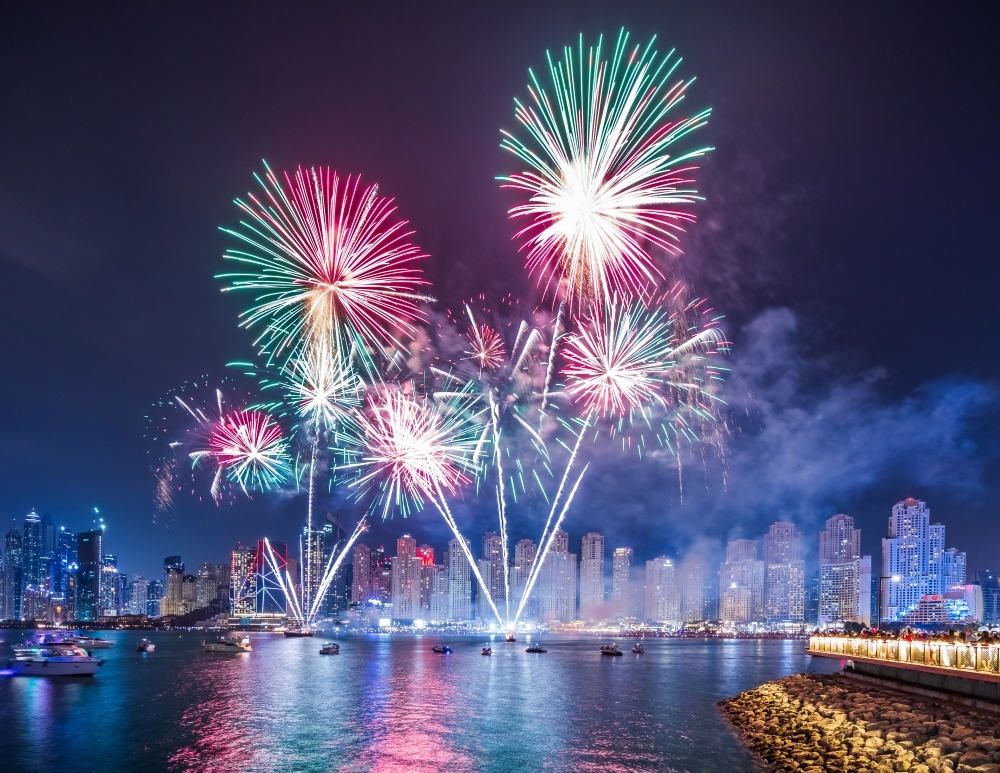Monaco Grand Prix 2025
When the race ends and the engines go quiet, life in Monaco quickly returns to normal. Restaurant terraces reappear on the sidewalks. Traffic flows resume. Within two days, the city gives few hints it ever hosted one of motorsport’s most famous events. That shift — from race circuit to Riviera calm — is part of what makes the Monaco Grand Prix (May 22–25, 2025) so unusual. It’s a temporary track, but the memories tend to stick.
Unlike custom-built raceways with smooth run-offs and perfect geometry, Monaco asks Formula 1 to adjust to the city, not the other way around. It’s an event where modern engineering has to work around narrow streets, tight barriers, and old-world edges. Technology meets terrain. The past meets what’s coming next.

A Driver's Circuit in a Driver's Era
The layout of Monaco’s Grand Prix circuit hasn’t changed much over the decades. It still runs just 3.337 kilometres through Monte Carlo — the same streets where Fangio and Moss once raced. What has changed is the machinery. Today’s Formula 1 cars are longer, wider, and far more complex, which makes this tight, twisting circuit harder to handle than ever before.
That difficulty isn’t just about lap time. At most modern tracks, drivers can push the limits gradually — using run-off areas and wide exits to figure out the edge. Monaco doesn’t give them that space. One mistake here doesn’t mean a slower sector — it means a bent front wing or worse. That pressure is part of what makes the race so intense. It starts on Thursday and doesn’t let up.
Engineers often say this place asks questions that no simulator can prepare for. The barriers sit within inches of the racing line, leaving no space for correction. Elevation changes come quickly. Reference points — braking markers and turn-in cues — are often missing or vague. For many drivers, the first two days are just about feeling the rhythm. Only then can they begin to push.
Some parts of the course demand unusual setup choices. The hairpin — the slowest corner in the sport — calls for a steering configuration that teams use only once a year. The swimming pool section is all about timing. And the tunnel brings its own problems, forcing drivers to adjust quickly to a flicker of light and shadow while flat out at nearly 280 km/h.
Even with all the data and tools teams use now, Monaco still resists full simulation. Drivers can study it all they want. But there’s no substitute for laps.
A Circuit Built Into Daily Life
The Monaco circuit isn’t separate from the city — it winds through it. The barriers that define the course aren’t permanent — they’re installed and removed each year, with local authorities coordinating a complex setup that begins weeks in advance.
The build impacts nearly everything. Restaurants along the route adjust their entrances. Apartment buildings set up temporary access systems for residents. Even the famous Monte Carlo casino adapts its routine, scheduling deliveries and staff shifts around the race weekend.
This year’s preparations include a redesigned barrier system at Casino Square, built to speed up installation while preserving the refined look of the area. At the swimming pool section, upgraded catch fencing improves safety without blocking long-established sightlines — always a challenge on street circuits where spectators return to the same viewing spots year after year.
Between sessions, when the track briefly reopens to foot traffic, Monaco’s character comes through. Locals walk across the same strip of tarmac where cars had raced at 170mph just minutes earlier. Shopkeepers step outside to watch the next round of preparation unfold. It’s that blend — a city functioning around a world-class sporting event — that makes Monaco unlike anywhere else on the calendar.
Viewpoints
Monaco often brings to mind sleek superyachts and VIP terraces, but there’s a broader range of viewing experiences than people expect. Up on the hillside above La Rascasse, general admission areas offer views of several corners, at prices far lower than you'd guess for such a storied event. Grandstands T and K are also popular for their solid sightlines without the high cost.
At the other end of the scale, the most exclusive viewpoints. Apartments overlooking the Nouvelle Chicane or the final Anthony Noghès turn are usually rented for over €150,000 during race week. They’re full-scale hospitality setups complete with private chefs and tailored access.
The Automobile Club de Monaco oversees most iconic terraces and stands. Casino Square pairs wheel-to-wheel racing with views of Monte Carlo’s grand architecture, and the grandstands give fans front-row seats to the intensity of the race start — a launch into Monaco’s notoriously tight first corner.
Between general admission and the ultra-premium suites lies a middle ground. There’s the terrace at Ermanno Palace, high above Sainte Devote, or the hairpin-view suites at the Fairmont. Each showcases a unique angle on the action, and for many returning fans, no two Monaco weekends feel quite the same.
Monaco's Racing Culture
In Monaco, motorsport doesn’t arrive once a year, and it doesn’t switch off the moment the cars leave. The history, the culture, the presence of the race — it lingers.
The Automobile Club de Monaco isn’t just the organiser, their headquarters commemorates racing heritage. Inside, the walls are filled with photographs, old trophies, and decades of stories. Members gather here year-round. Some are former racers. Others are fans who have never missed a Grand Prix. Over coffee, the conversations circle back to motorsport.
The royal family’s connection to the sport is also well known. An accomplished driver himself, Prince Albert maintains long association with the sport. During race week, the palace hosts a reception for drivers and team leaders — part tradition, part pause — before the focus shifts back to the track.
A little away from the circuit, there’s the Monaco Top Cars Collection. It recently had a refresh and now includes classic cars from different racing eras. Some are linked to legends like Senna or Schumacher. During race week, it’s common to spot fans — and sometimes even ex-drivers — stopping in for a look. The cars on display bring Monaco’s racing past right into the present.
The Technical Demands of Monaco
Of all the races on the calendar, Monaco puts some of the most unusual demands on a Formula 1 car — and the people building it. Getting a car around this circuit isn’t just about speed; it’s about squeezing performance into tight, unforgiving corners. Teams often adjust or create parts they won’t use again all season. That includes custom steering systems to make it through the hairpin — the slowest turn in Formula 1 — and ultra-soft suspension setups that help with the bumps and uneven surfaces.
This year presents yet another test. The current generation of cars is the biggest the sport has seen, which makes Monaco’s narrow layout feel even more restrictive. Most teams show up with setups made specifically for this track, sacrificing efficiency elsewhere to make the car more manageable in the tighter sections.
The tunnel section is a challenge of its own. Drivers move quickly from bright sunlight into deep shadow — and then back again — all while staying flat out. Cockpit glare can be a problem, so teams apply coatings to the visors or adjust interior lighting. Tyre temperatures also shift between those light and dark stretches, so engineers have to factor that in.
The circuit’s rhythm means there’s not much time for cooling. With fewer fast sections, the brakes don’t get the airflow they need. To compensate, teams might open up extra vents or tweak the bodywork, even if that costs them aerodynamic performance. The way energy is recovered and redeployed also changes. Drivers are on and off the throttle so often that teams usually recalibrate their software just for this one event.
A Social Scene Unlike Any Other
The Grand Prix takes over the entire social scene. With the city’s small footprint, there’s little separation between the paddock and the rest of the principality. Restaurants, bars, and hotels all become part of the action.
La Rascasse, sitting right at the final corners of the track, captures that crossover perfectly. It works as a viewing spot during the day, then shifts into a reception venue once the cars stop running. The transformation feels natural — the crowd gathers around, the music turns up, and suddenly it’s a party zone. Other places follow the same pattern. Sass Café and Jimmy’z start as dinner spots and end up packed with celebrities by midnight.
Then there’s Amber Lounge — probably the most talked-about party of the weekend. It kicks off Thursday with a fashion show, and, ends with the post-race party on Sunday night, where the celebrations (or commiserations) really begin.
Among the private gatherings, the Red Bull Energy Station reception stands out. Held on a floating, multi-level setup in the harbour, it’s invite-only and famously hard to get into. The guest list mixes racing icons with A-list actors, musicians, and top names from business and sport. It’s gone from team celebration to a core part of the Monaco Grand Prix weekend.
Getting Around Monaco
Monaco is so compact, even getting around becomes part of the Grand Prix experience. Most visitors stay outside the city — in Nice, Menton, or nearby towns — and make a trip in each day. Regulars often have their own routines, picking certain train times or walking routes to avoid the worst of the crowds.
The train is the most straightforward way in for most. Services between Nice, Monaco, and Menton run more frequently during race weekend, and while they get packed, they drop you right in the middle of Monte Carlo — no need to wrestle with parking or traffic.
The helicopter ride from Nice Airport to Monaco takes about seven minutes. It skips the gridlocked coastal roads and gives passengers a view of the Côte d’Azur that’s hard to beat. Companies like Monacair and Heli Air Monaco have flights all weekend. It’s become the quickest (and most stylish) way to arrive, especially when timing matters.
The city’s layout is steep and unpredictable, with staircases, lifts, and narrow paths connecting different levels like a puzzle. Public escalators and elevators are surprisingly useful — and by Sunday, knowing a few shortcuts can save serious energy. Fontvieille is one of the easier ways to reach the western side of the circuit without getting stuck in foot traffic. And if you’re heading toward the Shangri-La staircase, bring your camera — and your legs. It’s a climb.
Legacy vs. Change
As the championship expands into something bigger and more globally staged, Monaco remains a point of conversation. Its narrow streets and scarce overtaking zones often clash with the push for closer, more dramatic racing — and every season, that tension sparks fresh debate about whether this old favourite still fits the modern format.
But it’s precisely that tension that keeps Monaco essential. In a calendar packed with data-driven strategy and wind tunnel gains, this place rewards something different. Instinct. Nerve. The ability to tiptoe between precision and chaos with no room to spare.
Looking ahead to 2025, those questions only grow more relevant. New rules are on the table — some pointing to lighter, more nimble cars that would thrive on tighter tracks. The principality itself has studied possible tweaks to areas like the harbour chicane, aimed at opening up more action without losing the circuit’s defining shape.
No matter what changes, the event holds its place, not just as a race, but as a benchmark. A challenge that elevates drivers who can handle more than speed. Those who can control it.
The 83rd Monaco Grand Prix runs May 22–25, 2025.



